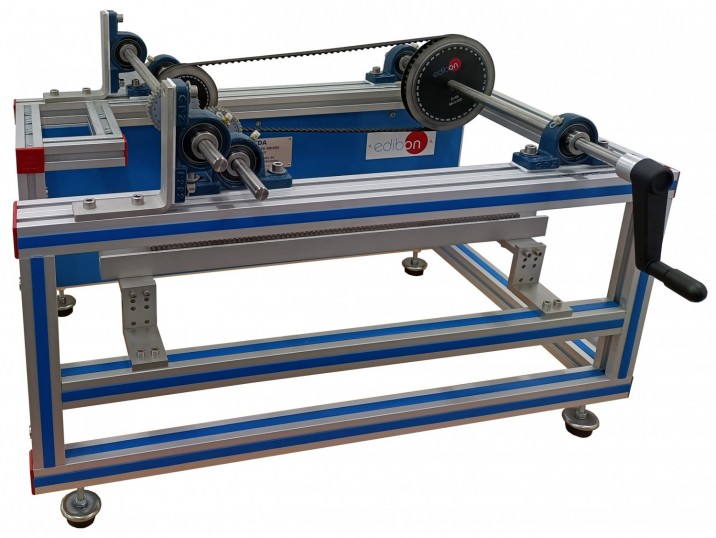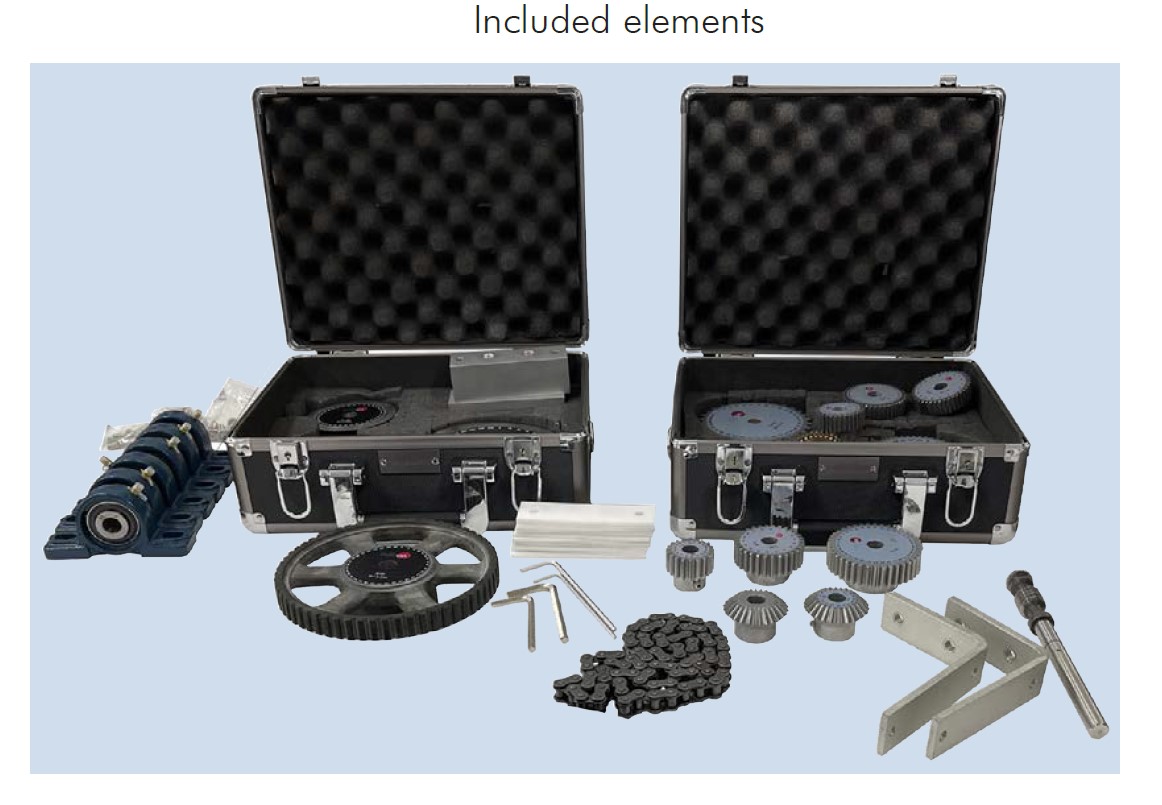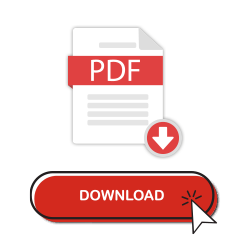
Combined Drives Assembly Unit
INTRODUCTION
A combined drive is carried out when a motion is transmitted between more than two drive shafts. In a combined drive, the drive is made between more than two shafts simultaneously, which requires that two sprocket wheels are compulsorily assembled in each intermediate shaft. One of the sprocket wheel engages with the drive wheel, which is the one that provides motion, while the other is connected to the next shaft to which it drags.
As a result of combining the different types of gear, the well-known transfer functions can be modified or new configurations can be made to obtain new properties. Connections can be parallel or series. It is common to make series connections of different levels of sprocket
wheels to obtain a higher drive ratio.
The Combined Drives Assembly Unit, “MCDA”, allows carrying out advanced exercises related to the basic essentials of drive technology, basically focusing on practical assembly of the gear elements.
EXERCISES AND PRACTICAL POSSIBILITIES
- Understanding the relevant components of drives.
- Understanding the fundamental forms of drive:
Double-belt drive.
Chain drive with an idler wheel and a spur gear drive.
Double spur gear.
Combined drive of bevel pinions and spur gears.
Combined drive of worms and bevel gears.
Endless screw gear. - Performing calculations in mechanical drives.
- Learning about the practical assembly of the various possible configurations of the mechanical drives, in addition to learning how to adjust and align them.
- Understanding the technical diagrams and becoming familiar with them.



